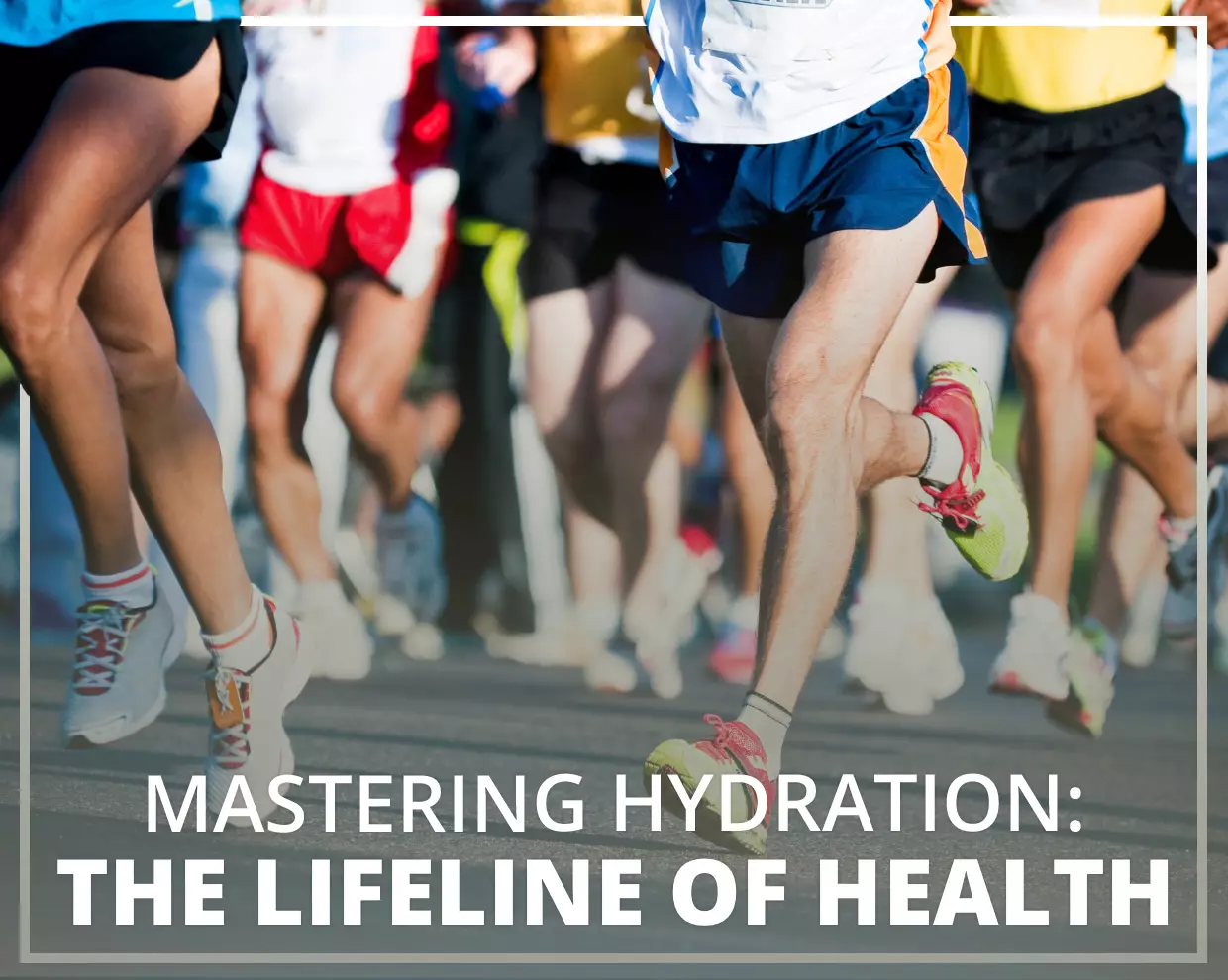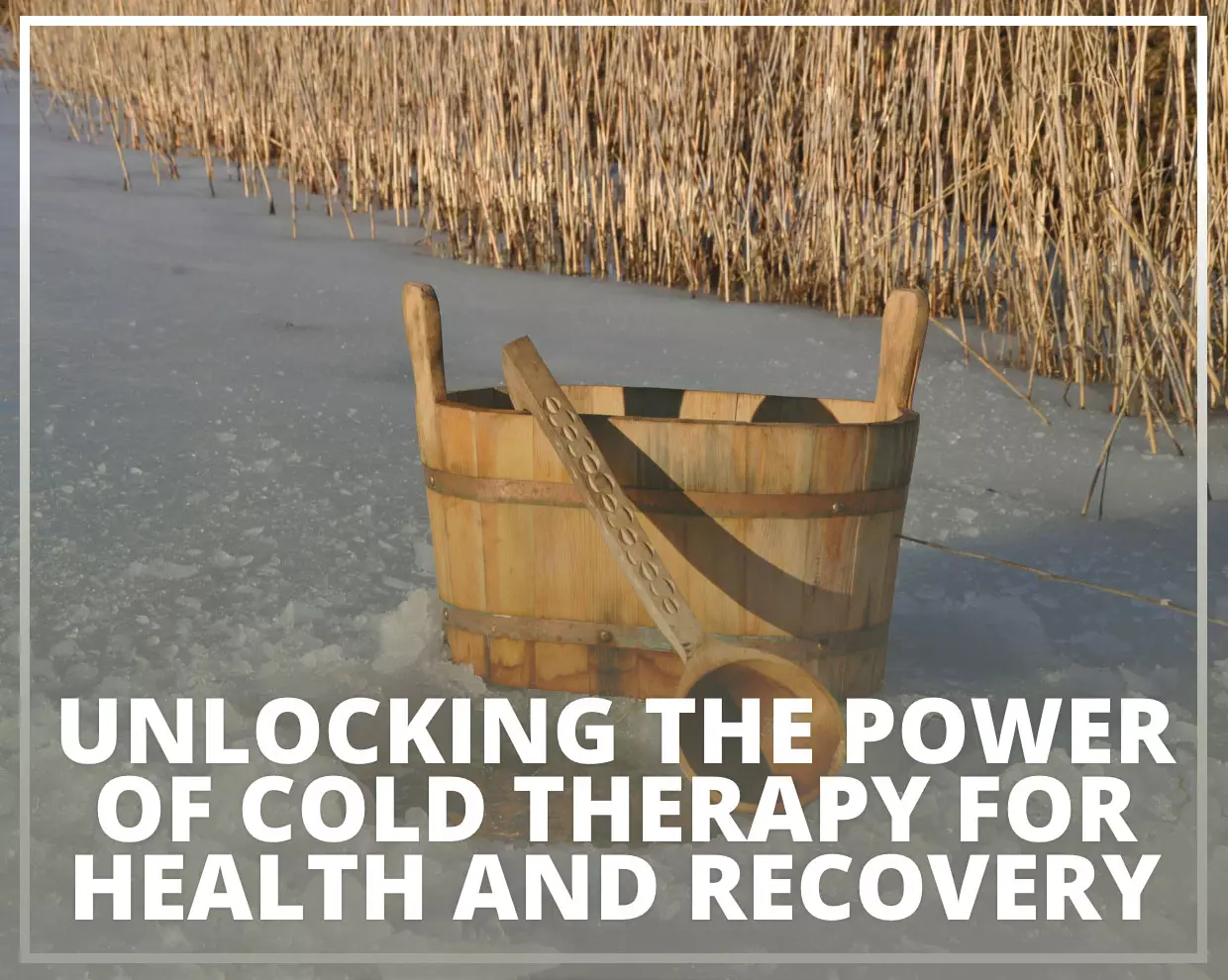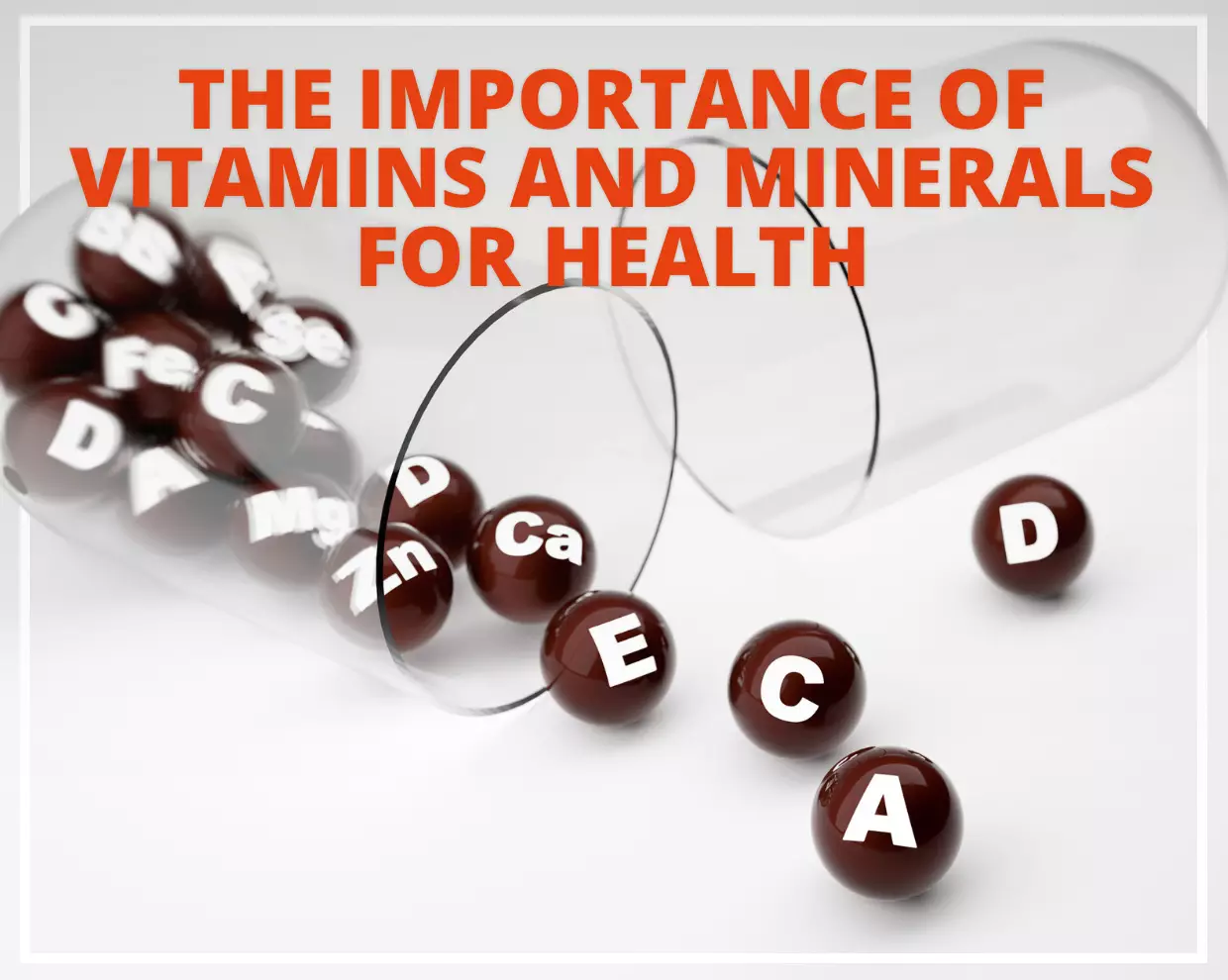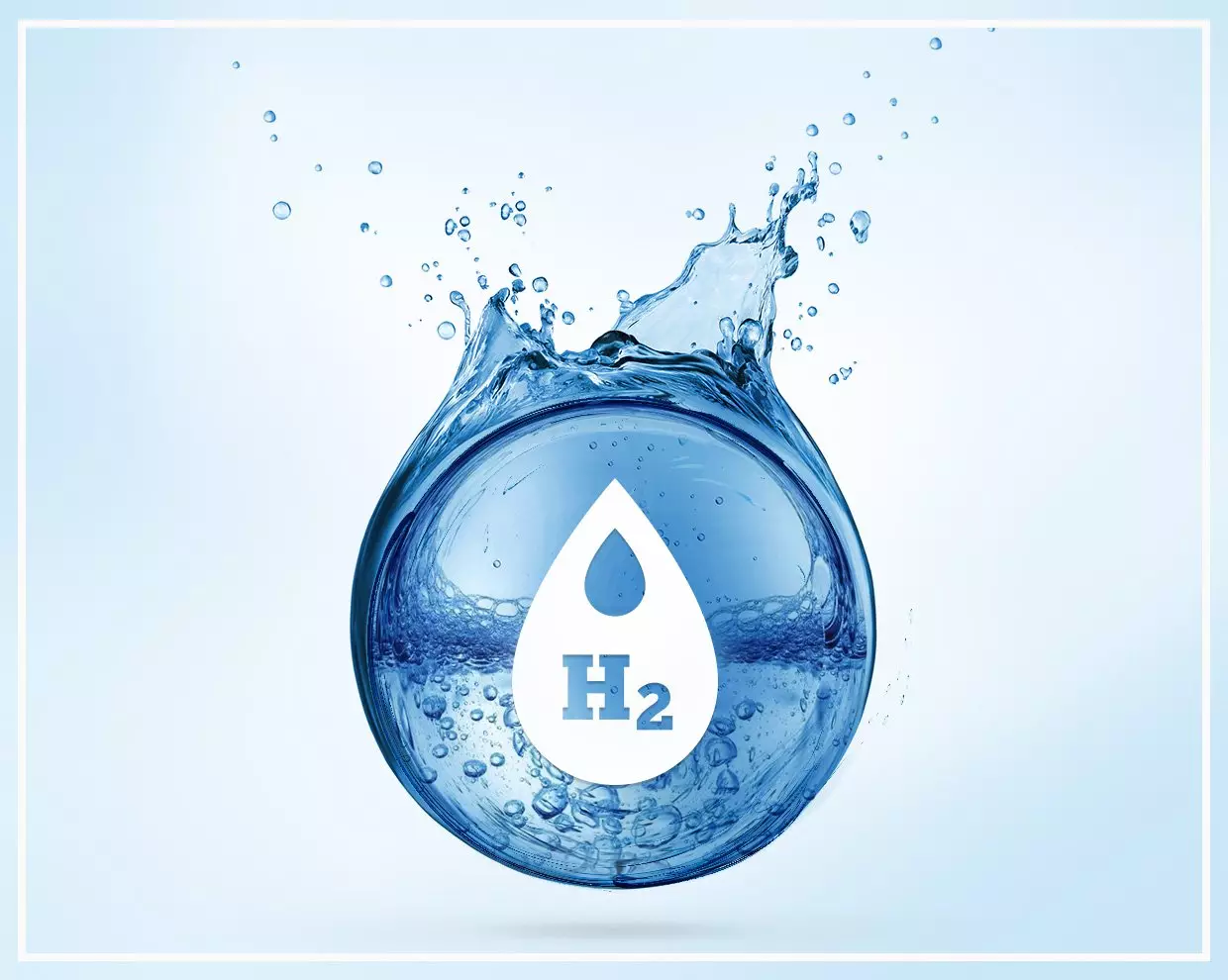Water is the cornerstone of life. It regulates body temperature, keeps joints lubricated, delivers nutrients to cells, and ensures organs function properly. In fact, human adults are 60% water, and our blood is 90% water, highlighting the critical importance of hydration for maintaining health. [1]
Why Hydration Matters More As It Gets Warmer
When temperatures rise, your body works harder than usual to maintain a stable internal temperature. This leads to increased sweat production which, while cooling us down, also depletes our body's water reserves. Without replenishment, dehydration can ensue, leading to symptoms such as dizziness, fatigue, confusion, and in extreme cases, heatstroke. [2]
Electrolytes: Vital for Balance
Electrolytes are minerals in your body that carry an electric charge, found in your blood, urine, tissues, and other body fluids. [3] They are crucial for:
• Balancing the amount of water in your body
• Balancing your body's acid/base (pH) level
• Moving nutrients into your cells and wastes out
• Ensuring that your nerves, muscles, heart, and brain function effectively
Key Electrolytes Include:
• Sodium: Helps control fluids in the body, affecting blood pressure.
• Potassium: Essential for heart function and muscle contraction.
• Magnesium: Supports muscle and nerve function and energy production.
• Calcium: Vital for proper cell signalling and bone health.
Maintaining Electrolyte Balance
It's not just about drinking water. When you sweat, you lose electrolytes, particularly sodium and potassium, which must be replenished. However, maintaining a proper balance is crucial, as excessive water intake without adequate electrolytes can lead to hyponatremia, where blood sodium concentrations become dangerously low. [4]
Practical Hydration Tips for Increasing Temperatures
• Understand Your Body’s Needs: Everyone's hydration needs vary based on factors such as weight, the ambient temperature, humidity levels, and activity level.
• Hydration Throughout the Day: Don’t wait until you’re thirsty to drink water. Thirst is a signal that your body is already heading towards dehydration. Keep a bottle of water with you and sip regularly throughout the day.
• Incorporate Foods High in Water Content: Fruits and vegetables like cucumbers, tomatoes, oranges, and watermelon can contribute to your hydration levels, offering a bonus of essential minerals and vitamins.
• Monitor the Colour of Your Urine: Your urine can provide significant insights into your hydration status. Aim for a light straw colour; dark urine can be a sign of dehydration.
• Electrolyte-Rich Foods and Drinks: Include foods rich in potassium and magnesium in your diet. Coconut water, bananas, dairy products, and leafy greens can support your electrolyte levels naturally.
• Limit Diuretics: Substances like caffeine and alcohol increase fluid loss and can contribute to dehydration. Moderating their consumption, especially during hot weather, is vital.
• Adapt Your Exercise Routine: Avoid midday sun when temperatures peak. Early morning or late evening workouts can be more conducive to maintaining hydration.
Recognising Signs of Dehydration and Electrolyte Imbalance
Understanding how to identify signs of dehydration and electrolyte imbalance can support maintaining a balance conducive to general well-being, especially in warmer climates or during increased physical activity. Here, we explore various indicators that might suggest a need to reassess your hydration and electrolyte levels.
Common Indicators of Dehydration
Dehydration occurs when you lose more fluids than you take in, leaving the body without enough water to carry out normal functions. Some typical signs include:
• Increased Thirst: Feeling unusually thirsty can be one of the first noticeable signs.
• Changes in Urine: Dark-coloured urine or a decrease in urination frequency can indicate low hydration levels. [5]
• Dry Mouth and Bad Breath: A dry or sticky mouth and bad breath are often early signs that your body needs more water.
• Fatigue or Drowsiness: Feeling unusually tired or sleepy during the day can also suggest a need to increase your water intake.
• Headache: A mild to severe headache might indicate that your body is lacking fluids.
Signs of Electrolyte Imbalance
Electrolytes such as potassium, sodium, and magnesium play critical roles in the body. An imbalance can affect overall body function. Signs to look out for include:
• Muscle Cramps and Weakness: These symptoms can be associated with imbalances in potassium, calcium, and magnesium levels. [6]
• Irregular Heartbeat: An irregular or fast heartbeat can sometimes relate to an electrolyte imbalance.
• Changes in Blood Pressure: Electrolyte imbalances can influence blood pressure.
• Mood Changes: Feelings of confusion or mood changes may be linked to fluctuations in electrolyte levels.
• Dizziness: If you feel dizzy or light-headed, it might indicate that your electrolyte levels are off.
Lesser-Known Symptoms
Some symptoms of dehydration and electrolyte imbalance are not as well-known but are important to recognise:
• Cold or Clammy Skin: Skin that feels colder or clammy to the touch can be a symptom of dehydration.
• Reduced Elasticity of the Skin: When the skin’s elasticity decreases, it may not return to its normal position as quickly when pinched and released.
• Increased Breathing Rate: Dehydration might cause you to breathe faster than usual.
• Digestive Issues: Constipation or an upset stomach can occasionally be linked to dehydration and electrolyte problems.
Monitoring and Responding
If you notice these signs, increasing your fluid intake and choosing beverages that help replenish electrolytes can be beneficial. Remember, it's important to tailor your water and electrolyte intake to your daily activity level and environmental conditions. If symptoms persist, consider consulting with a professional to discuss appropriate ways to manage your hydration and electrolyte balance.
The Impact of Climate on Hydration Needs
Hydration needs can significantly vary depending on the climate you inhabit or visit. Different climates—be they humid, arid, or tropical—present unique challenges for maintaining adequate fluid intake. Recognising these differences can aid you in adapting your hydration strategies more effectively.
Hydration in Humid Climates
In humid environments, the air is replete with moisture, hindering sweat from evaporating off your skin. This impediment can disrupt your body's innate cooling mechanism, leading to a surplus in sweat production. Accordingly, an increase in water consumption might be necessary to counterbalance this additional fluid loss. Wearing lightweight, breathable clothing can also promote more efficient evaporation of sweat. [7]
Strategies for Adjusting Fluid Intake:
• Drink water consistently throughout the day, not solely when thirst strikes.
• Opt for beverages inclusive of electrolytes to replenish those lost via perspiration.
• Schedule outdoor activities for the cooler segments of the day, like the early morning or late evening.
Hydration in Arid Climates
Arid or dry climates can subtly mask hydration needs. The parched air can precipitate a higher rate of moisture loss from both your skin and respiratory system, often without the overt signs of sweat typical in humid climates. This covert moisture loss can heighten the risk of dehydration, as the absence of sweat may not trigger the usual cues for rehydration. [8]
Strategies for Adjusting Fluid Intake:
• Make a habit of sipping water throughout the day, independent of the presence of sweat or heat.
• Consider employing a humidifier indoors if the air feels exceptionally dry, which can mitigate moisture loss.
• Employ moisturisers to seal in skin moisture, a practice that may offer insights into the dryness of your surroundings.
Hydration in Tropical Climates
Tropical climates meld the intensity of heat with substantial humidity, posing a dual challenge for hydration. The elevated heat amplifies body temperature and the rate of sweat production, while the high humidity level impedes the evaporation process.
Strategies for Adjusting Fluid Intake:
• Intensify your fluid intake and be vigilant for signs of electrolyte depletion, such as muscle spasms or persistent headaches.
• Dress in loose, pale-coloured garments to reflect the sun's rays and facilitate better air flow.
• Time physically demanding activities to cooler periods and seek shade or cooled environments for respite when possible.
General Tips Applicable in All Climates
• Monitoring Fluid Loss: Use urine colour as a basic indicator of hydration; paler hues typically signify adequate hydration.
• Electrolyte Balance: It's vital to preserve electrolyte equilibrium, as profuse sweating can strip away crucial salts and minerals.
• Dietary Adaptation: Embrace fruits and vegetables abundant in water content to assist hydration. These also furnish vital nutrients that foster overall well-being.
Hydration Guidance for Diverse Climates
Hydration in Cold Climates
In cold environments, hydration management requires attentiveness, as the cold can dull the body's thirst response. Despite a reduced urge to drink, fluid loss remains significant due to the air's dryness and a potentially increased breathing rate.
Strategies for Adjusting Fluid Intake:
• Maintain a consistent regimen of fluid consumption, as the cold can mask the need for hydration.
• Hot drinks can serve dual purposes of warming and hydrating the body.
• Layered clothing allows for regulated body temperature and moisture control, minimising dehydration risks.
Adjustments for High Altitudes
At higher altitudes, the body can experience amplified water loss through breathing, alongside a hastened dehydration rate, making increased fluid intake essential. [9]
Strategies for Adjusting Fluid Intake:
• Boost water consumption prior to and during altitude exposure to aid acclimatisation.
• Closely monitor hydration levels by observing changes in urine.
• Ensure a balanced diet to support fluid absorption and high-altitude acclimatisation.
Effective Hydration Strategies
• Consistent Hydration: Establish a drinking schedule, carrying a water bottle can prompt regular intake.
• Mindful Eating: Incorporate foods high in water content, like cucumbers, berries, melons, and oranges, into your diet.
• Personalised Hydration: Acknowledge individual factors impacting your hydration, such as body size, activity levels, and environmental exposure.
• Knowledge is Power: Equip yourself with information about dehydration and electrolyte imbalance signs to act swiftly when needed.
By comprehending climate impacts on hydration and implementing strategic fluid intake adjustments, you can maintain balanced hydration levels and support your body's demands. Tailoring strategies to different environmental conditions empowers proactive hydration management, safeguarding your well-being across various activities and climates. Remember, sustaining fluid and electrolyte harmony is pivotal in precluding dehydration and supporting your health and performance.
Stay Informed and Hydrated!
Discover more hydration tips, insights, and strategies tailored to various climates and your lifestyle. Read our detailed guides on hydration and learn how to maintain balanced hydration levels no matter where you are or what the weather's like!
References
1 The importance of hydration
2 Heat Exhaustion
3 Fluid and Electrolyte Balance
4 Effects of Sodium Intake on Health and Performance in Endurance and Ultra-Endurance Sports
5 Urine colour change as an indicator of change in daily water intake: a quantitative analysis
6 Electrolytes
7 Liquid Sweat
8 Skin Dehydration Is Frequently Caused by Climate Aggressors
9 Fluid Metabolism at High Altitudes

 UK Store
UK Store  NZ Store
NZ Store AU Store
AU Store EU Store
EU Store















